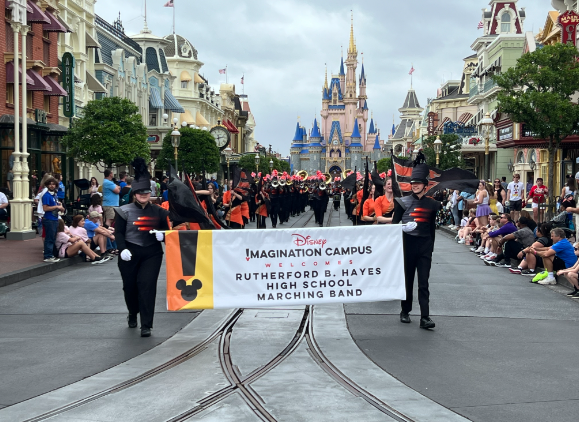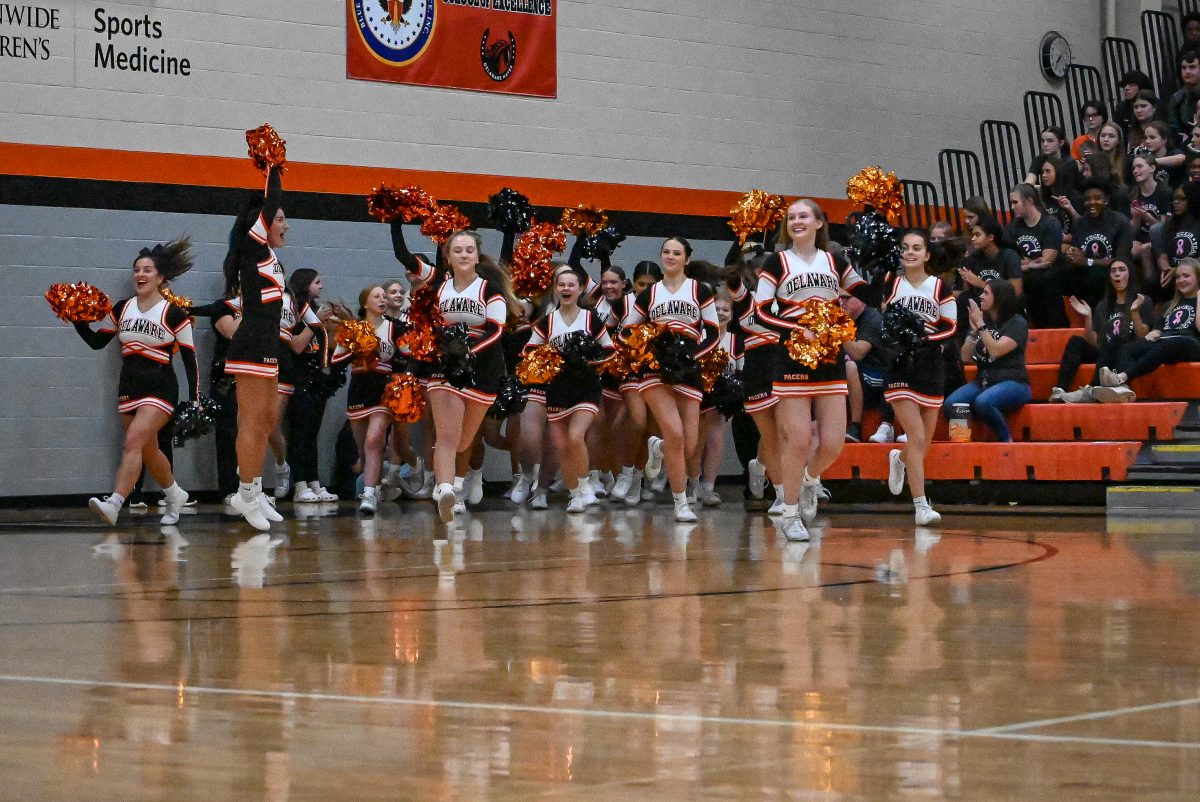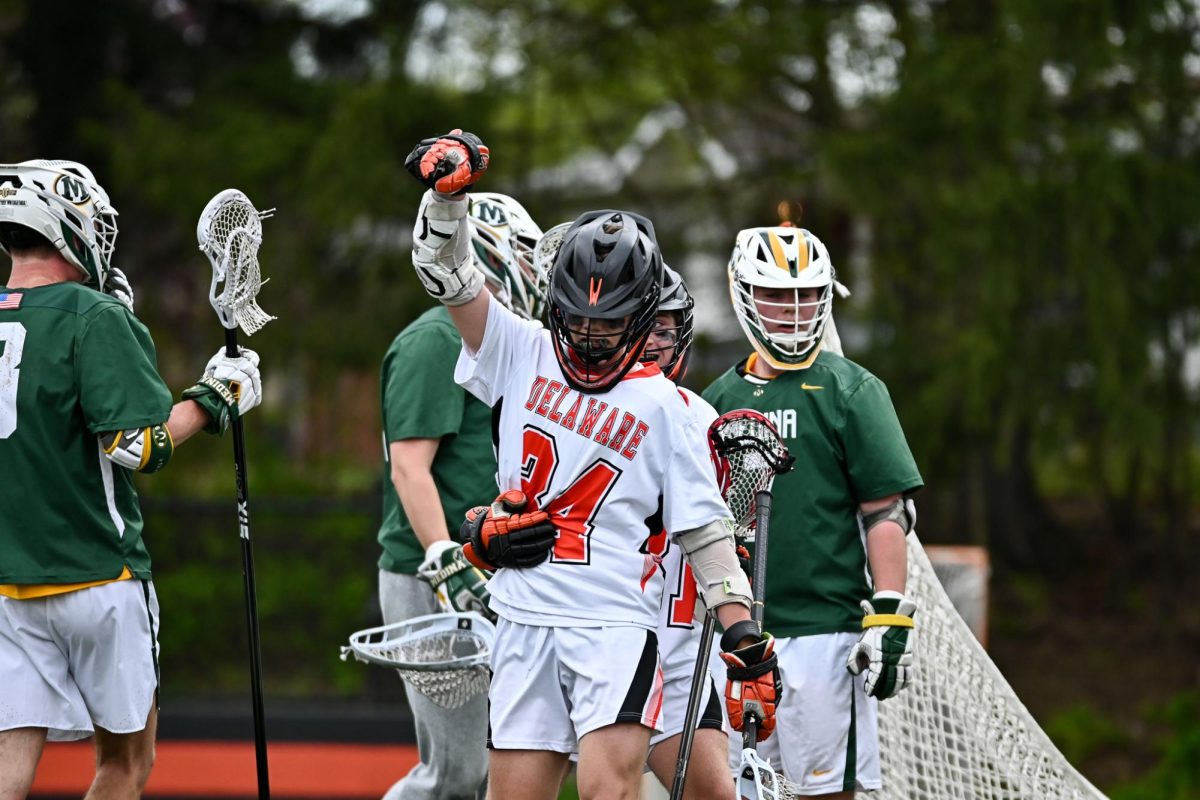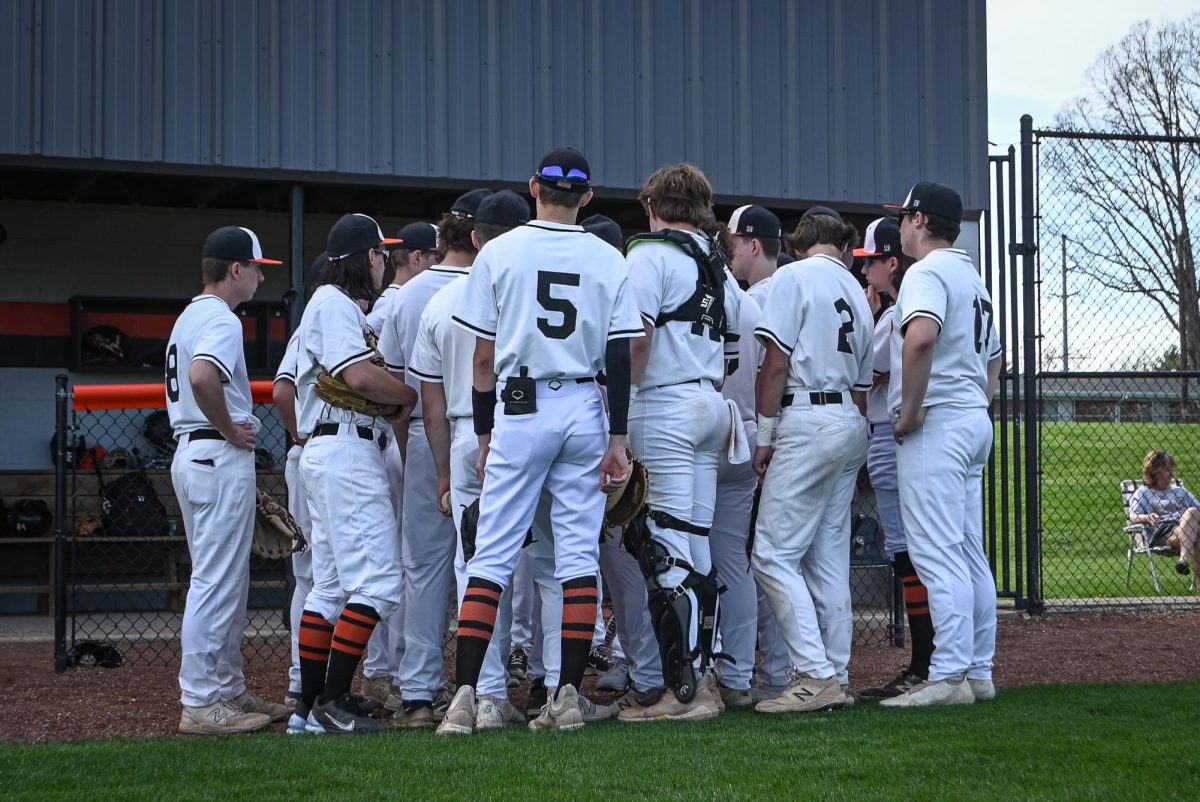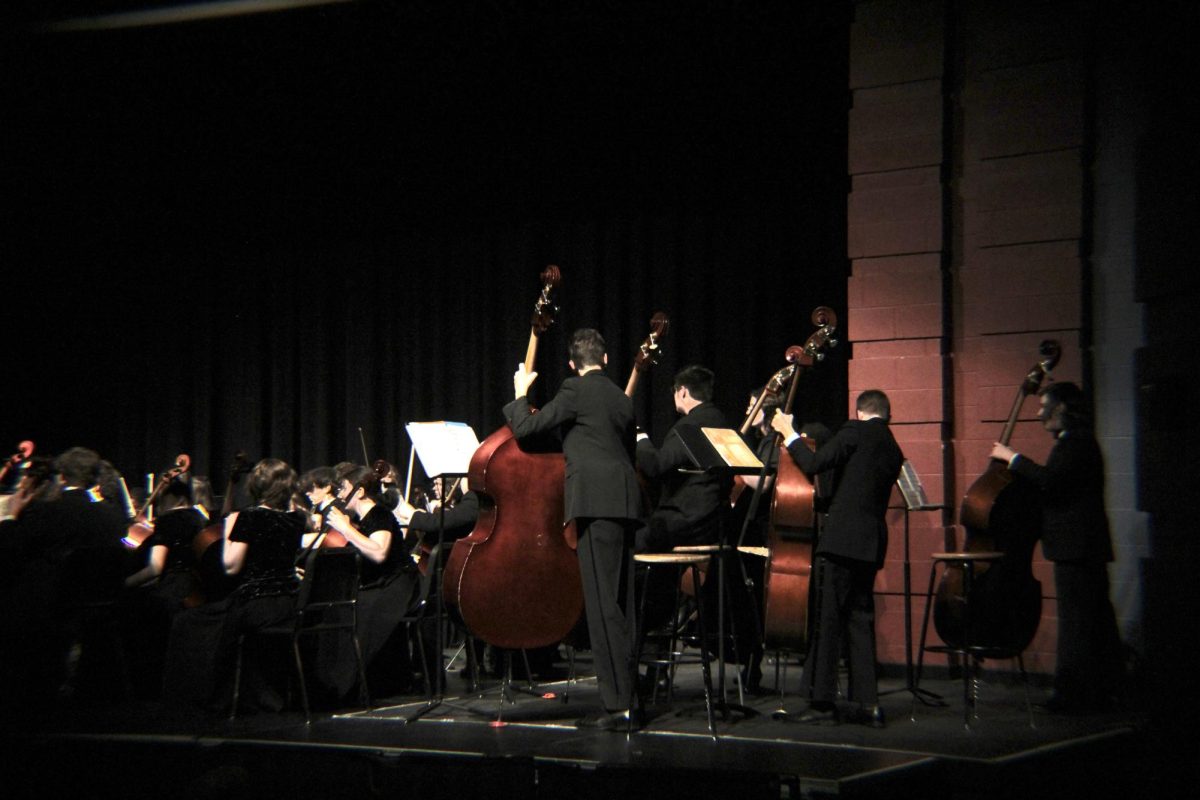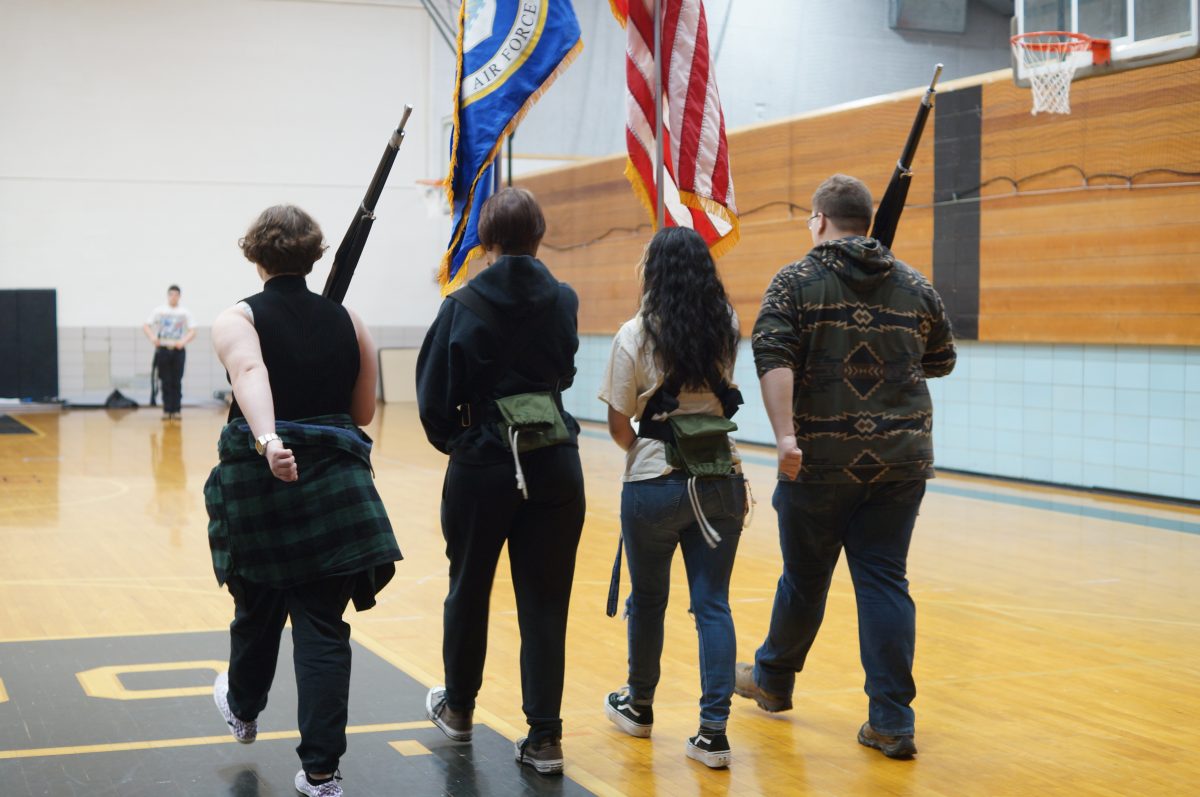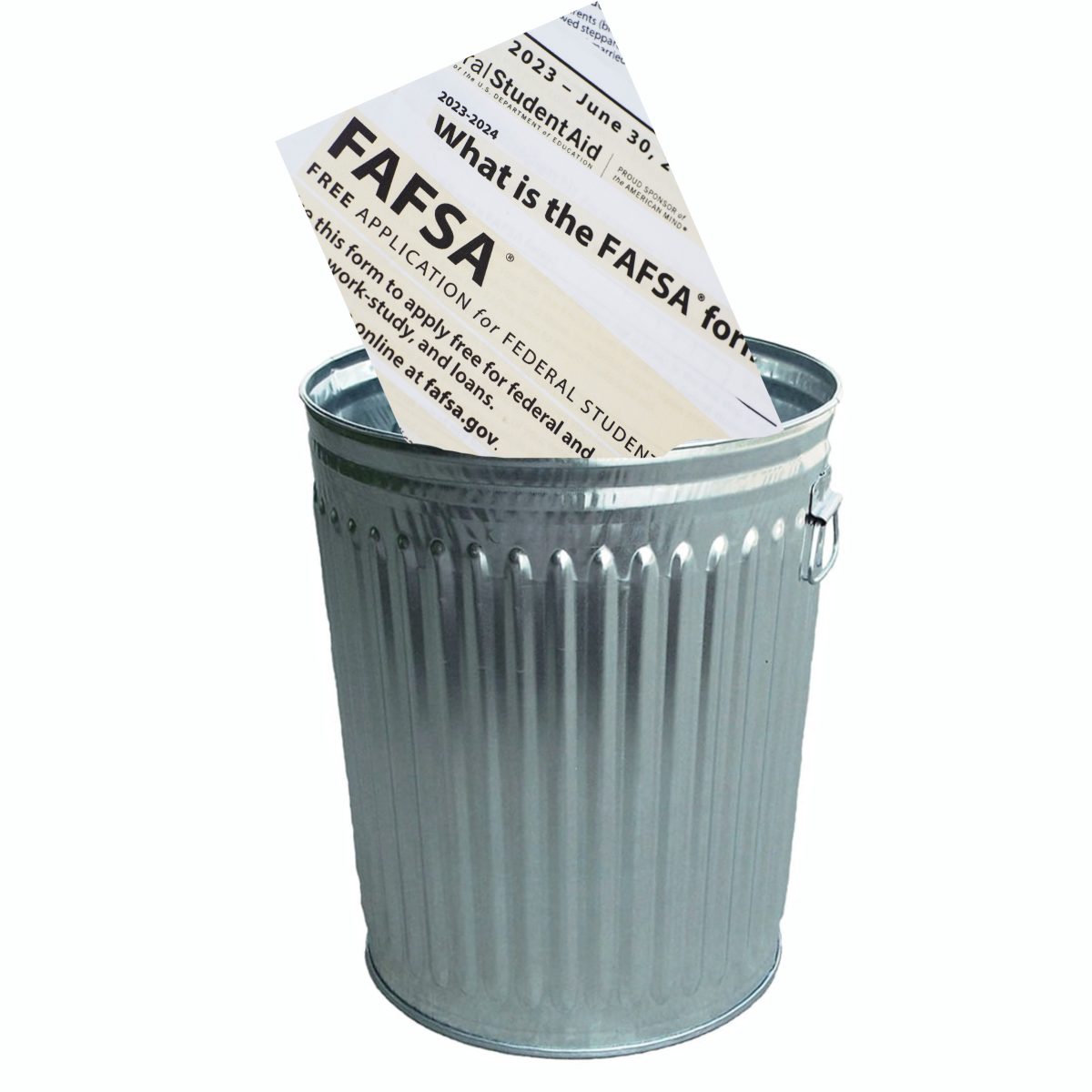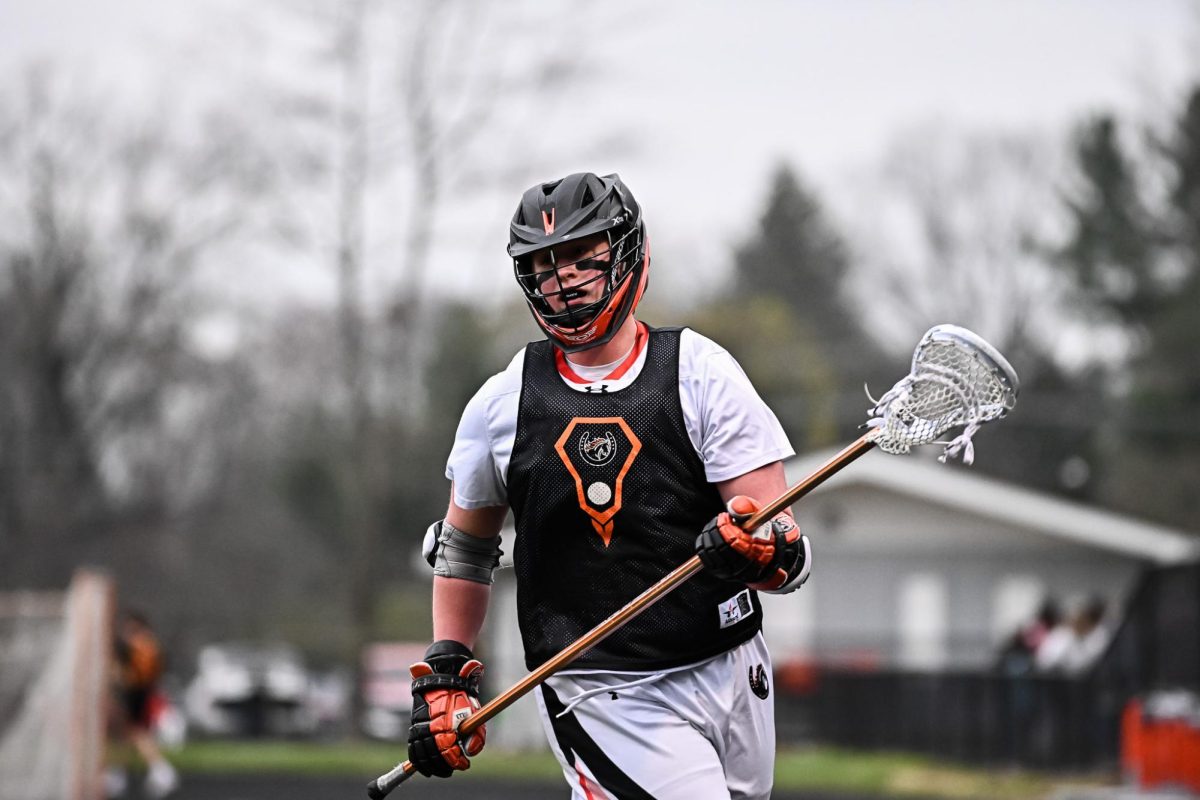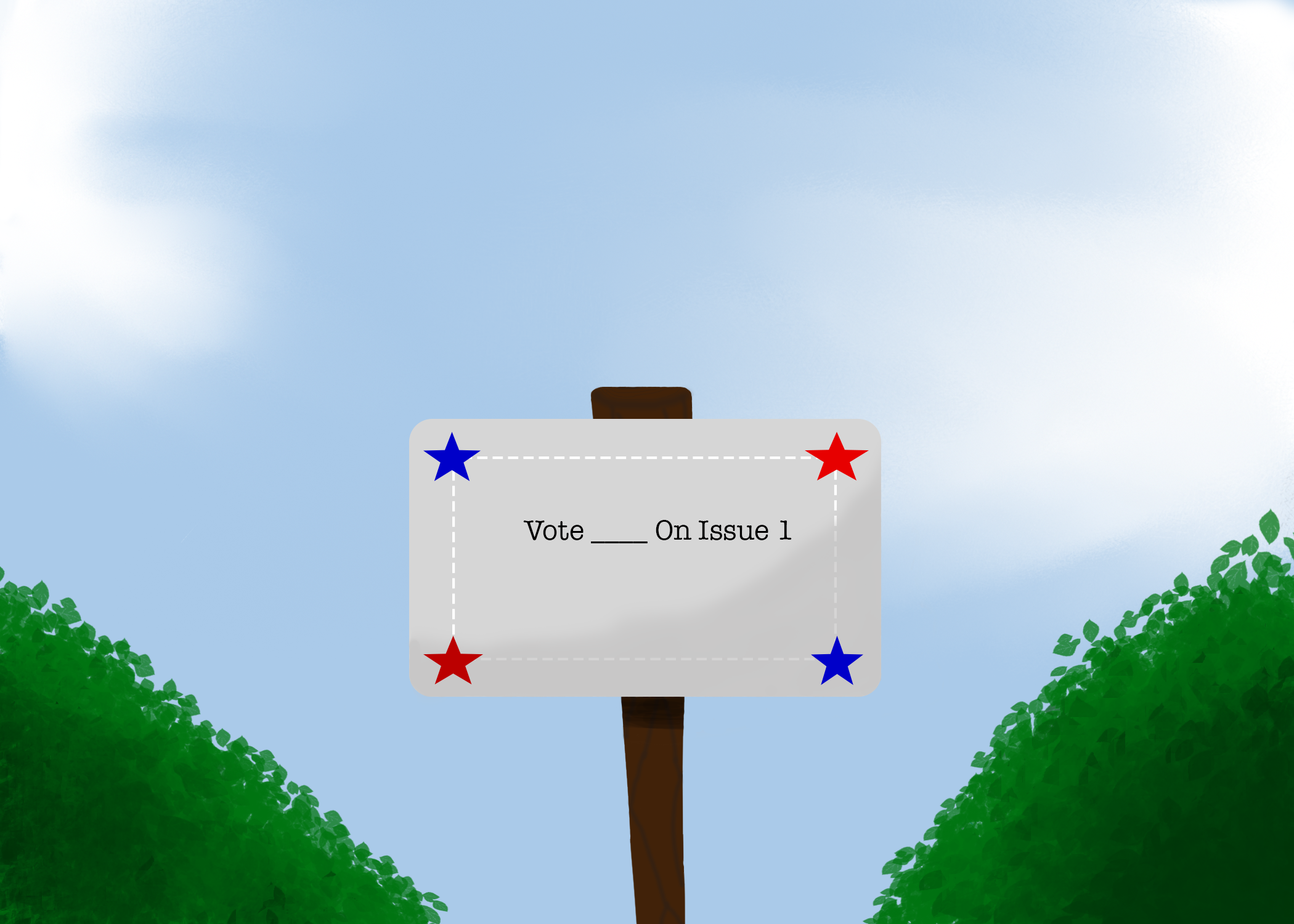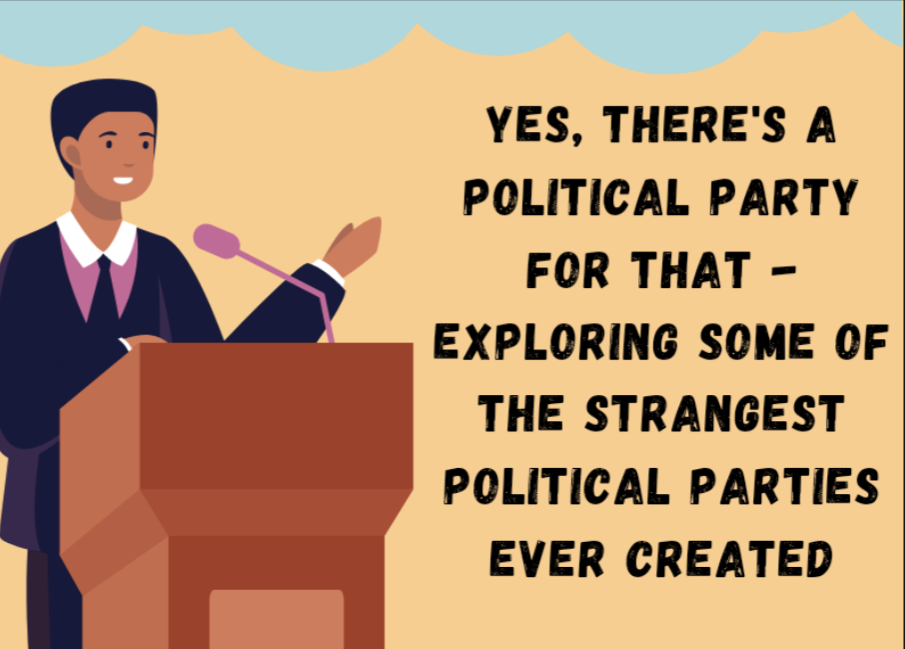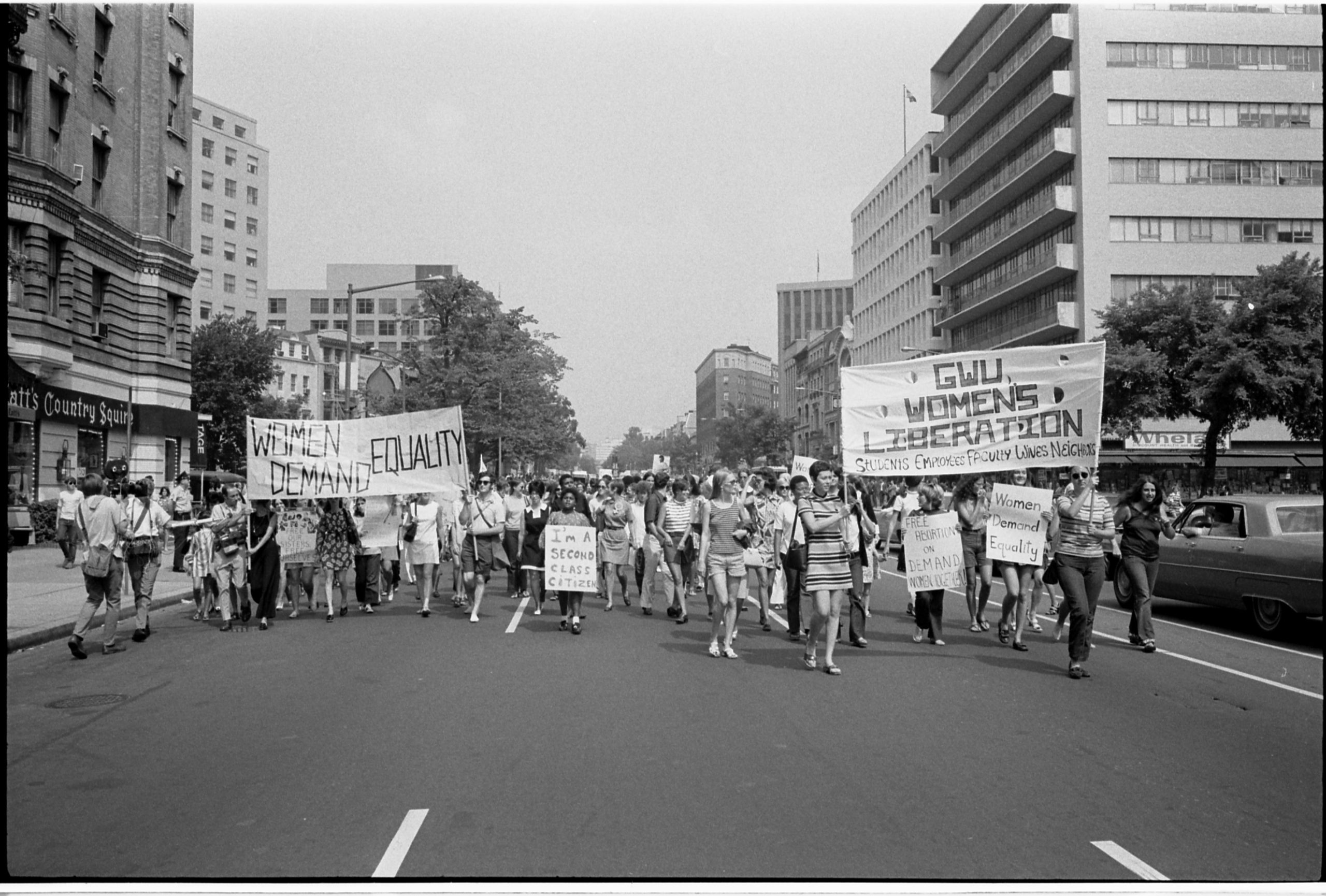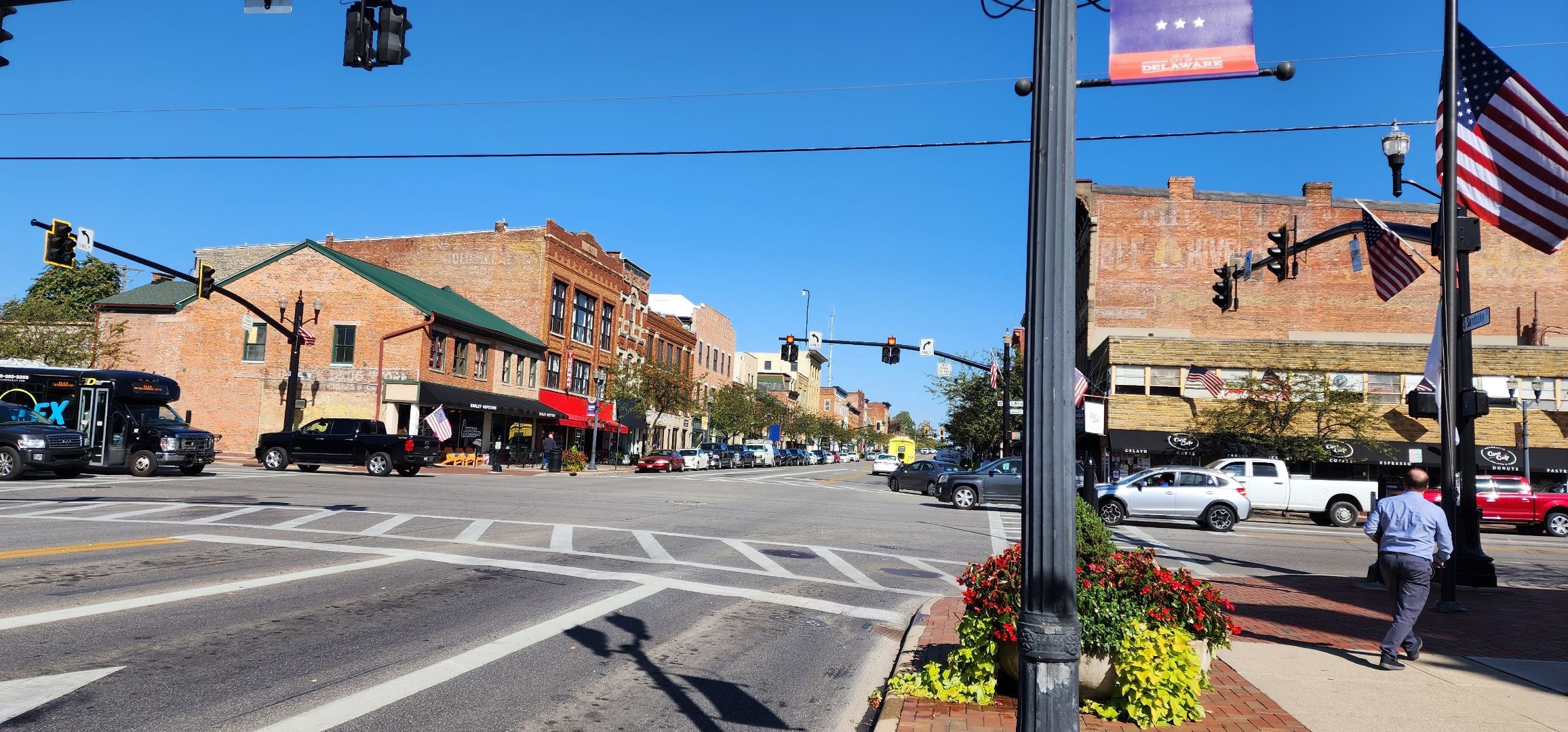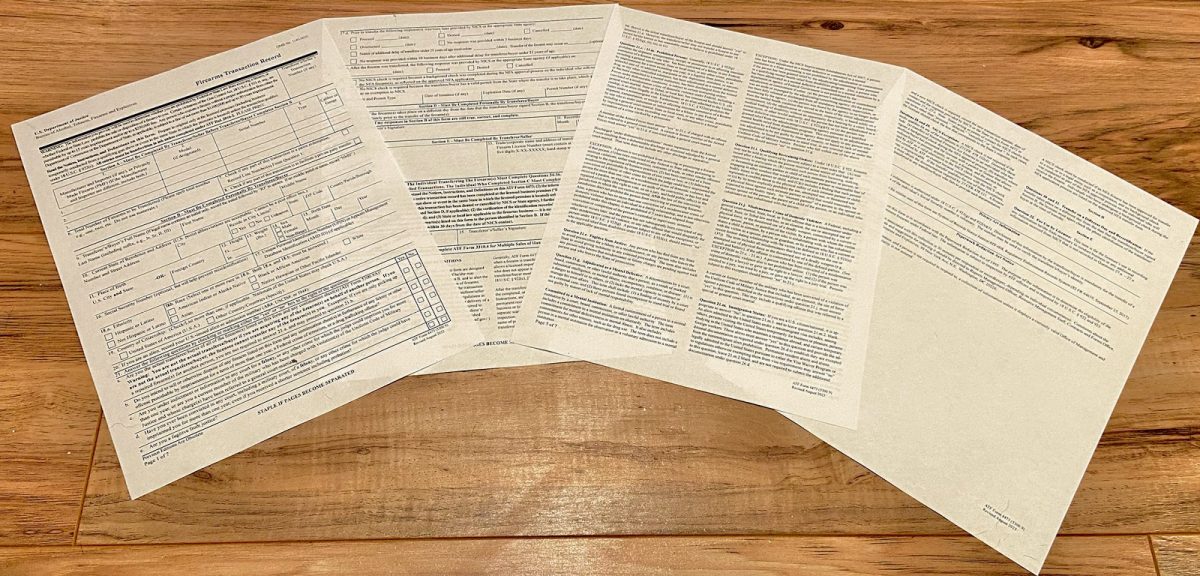Compromise has a long history within the United States, through the 1791 addition of the Bill of Rights to the U.S. Constitution, to the Great Compromise of 1787.
Even more recent bipartisan compromises include those on debt limits and the rebuilding of the United States Postal Service, yet the question remains to be said: Why is compromise so hard when it comes to the Second Amendment?
As it’s written, the Second Amendment provides protections for people to have the right to defend themselves and their property by bearing arms, and it is not to be prevented by the government.
In the 232 years since those words became law, that vague definition has been the subject of endless debate. It’s become a battle of how much regulation is reasonable and how much deregulation is safe.
Laws such as the 1994 Assault Weapons Ban (AWB) and the 1993 Brady Act formed the basis of attempts at modern bipartisan reform, though the AWB destroyed any hopes of reelection for the party that championed it. It was ultimately a 1968 revision of the National Firearm Act that would bring us to the one thing that both sides agree upon: The Almighty 4473.
FDR’s Phantom
In 1934 Congress passed, without any contention or floor roll call, the National Firearms Act (NFA). In its most simple form, the NFA prevented the sale of fully automatic weapons, sawn-down weapons, silenced or muffled weapons and required that all weapons under the NFA be registered with the Treasury Department. Title II of the Gun Control Act of 1968 would then go on to both revise the NFA’s definition of what was and wasn’t a silencer, while also introducing the 4473 form.
This form, which was later further strengthened by the aforementioned Brady Act, allows Federal Firearm License holders to determine whether or not to sell the firearm to the potential buyer. Additionally, the act requires the buyer to provide information ranging from their name to their social security number.
This doesn’t mean the form isn’t without weaknesses: A person can still lie on the form, which is where the Brady Act comes in. If an FFL license holder is suspicious or feels that the person may be unsafe, they can request a background check via the National Instant Criminal Background Check System (NICS). A NICS system can be created on the state level, or as in Ohio and 35 other states, run through the FBI’s NICS division.
Additionally, it enforces the Unlawful Acts Law of 1995, which means that should an FFL Licensee feel as though information may have been falsified, or if law enforcement believes the person to be a danger, a stop can be put on the transfer of the firearm to investigate. This allows for an interceding period, as not all states have a waiting period for the transfer of any given firearm.
This is different from modern red flag laws, which allow law enforcement to appeal to remove a firearm from someone’s possession if they have a reasonable cause. These laws have proven controversial, both for getting little use, and for being viewed as a slippery slope of restricting the Second Amendment.
Taking Aim
In the decades since the passage of the GCA, the question of what made it so special has been seldom asked.
For 55 years, both it and the 4473 form it introduced have been a normal part of both firearm legislation and American gun culture, but what made it so successful in comparison to more recent legislation? The short answer is that they were formed out of a strong bipartisan foundation.
Bipartisanship has grown increasingly infrequent, void of the government maneuvering around a default or creating new infrastructure bills. Both major parties, Democrats and Republicans, believe the other is out to get them, and subsequently grow increasingly partisan. Wedge issues like abortion, marijuana legalization and anything to do with the Second Amendment increasingly divide both states and the nation.
The GCA, born of the NFA, worked simply because two sides were willing to come to the table. It was with the help of the National Rifle Association that the Democrat led 73rd Congress moved the NFA into law, and later it was with the advisory of the NRA that another firearm registry wasn’t created.
To imagine these two working together in modern times would seem insane; the modern NRA being seen as a republican stronghold, and the Democrats as gun-hating crooks.
Without compromise, any federal legislation, either pro-gun or anti-gun, will wallow and die in Congress. Neither side is required to surrender their conviction.
Republicans support the Second Amendment and the assurance that they have the right to bear arms, and Democrats continue to support efforts to further regulate the same firearms. That’s how it’ll be for decades to come.
Laws like the NFA and GCA ultimately worked because both sides didn’t surrender their convictions, and understood that the other side wouldn’t either. Rather than bickering endlessly back and forth, the two sides extended their hands and drew a middle ground.
Understanding is the foundation of any good attempt to legislate, and when both sides understand each other, maybe, just maybe, bipartisan approaches can be found.
Gun control is just one of several issues facing the country, only exacerbated by continuous shootings and the increasing number of victims of gun violence.
Though mass shootings are nothing new in the States, the political attitude which surrounds them has changed wildly since Howard Unruh’s 1949 rampage. Unruh’s attack fueled waves of hysteria, his cold nature shocking people, breaking the idealism of post-world war two America. No party turned it into a political escapade, and most articles simply focused on the sheer horror, with New York Times writer Meyer Berger’s piece perhaps being the best example of the reaction.
Recent shootings have been received in entirely different ways, with there being no better example than Uvalde.
In the immediate aftermath, legislation to further restrict gun sales was pushed through Congress. Contained in the Bipartisan Safer Communities Act were provisions which toughened background checks on younger buyers, increased restrictions on domestic violence offenders, and most controversially made it easier for states to implement aforementioned red flag laws.
Inversely, many advocated for the arming of educators, and Governor Greg Abbott of Texas vehemently opposed proposals to increase the required age to purchase an Arma-Lite style rifle.
Others still called for there to be an increased presence of armed individuals at school campuses, but lack of funding has kneecapped such efforts. Though most of these were approved unanimously in the Texas Senate, it was more contentious within Congress, passing 93-49. Dissenters remained concerned that the solution being proposed to solve gun violence was introducing more firearms into any given environment.
Uvalde was only one of 636 in 2022, a fact which continues to propel efforts to restrict both types of firearms and individual components. Though the effectiveness of these laws is debatable, concerns over their constitutionality are never ending, leading to increasingly partisan debates.
Red flag laws have proven an especially problematic example of this. Red flag laws allow local law enforcement to present evidence to a judge to prove the danger posed by any given individual, the judge can then permit the confiscation of the individual’s firearms.
Proponents of the law praise it’s potential role in reducing gun suicides and reducing overall gun violence. Those in opposition note the potential risks of allowing any part of government to confiscate an individual’s constitutionally assured firearms. Some communities have gone as far as declaring themselves sanctuaries, where any policy deemed an infringement of Second Amendment rights will not be recognized.
The United States is at a point where legislators and the electorate sit bickering over a 247 year old piece of parchment, deciding whether or not the Founding Fathers could’ve ever fathomed modern firearm technology or if they were in favor of limitations on gun ownership.
Both sides accuse the other of being ignorant, of being tyrannical or incompetent, and yet neither side faults themself. Firearm legislation in the modern era cannot progress without understanding or compromise. On Nov. 30, the Brady Bill became 30 years old. It still remains one thing the two sides compromised on, and in the three decades since, neither side has tried to repeal it.
As it stands, either conservatives and liberals come together to create comprehensive and agreeable legislation, or the concept of firearm legislation wallows and dies as nothing more than the pipedream of moderates.


